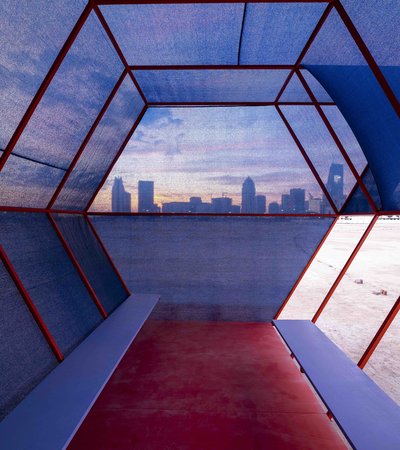Placemaking art can manifest anywhere – walls, parks, alleyways, buildings – and can take on various forms, such as:
- Sculptures and installations – sculptures can act as the focal points of parks, streets and walkways. Through sculptures and installations, such as “Cloud Gate” in Millennium Park, artists can create landmarks that symbolise the city, people, and community;
- Light installations – art that employs light can dramatically transform the nighttime experience of a place. “Staro Rīga”, for instance, is an international light festival held in Latvia that transforms buildings, city squares and bridges into unique art pieces;
- Interactive projects – interactive art projects are about community engagement and representation. They invite participants to interact and be a part of the art. Projects such as the “Swing Time” installation in Boston, encourage the community to play, exercise and group together;
- Intervention – similar to interacting with the community, however interventions goes a step further. This placemaking format is an expression of public art that reacts with an existing artwork and/or urban space, much like Andres Reisinger’s “Take Over” series in Jeddah and in Miami. It can also be in nature, often holding an element of performance;
- Site specific – the creation of an artwork for a specific site, incorporates itself into the locations. These pieces cannot be replicated in any other location, a great example of this is Richard Serra’s “Tilted Arc”. His piece was never replicated again.
These are just some of the many ways that artists can make “placemaking” art to transform public spaces through making them more engaging and meaningful to the community.

